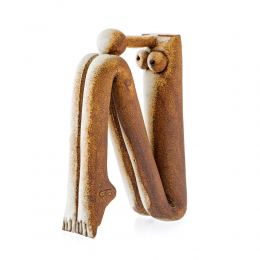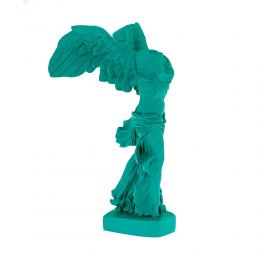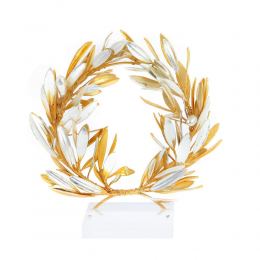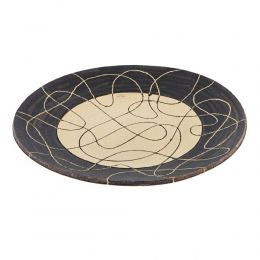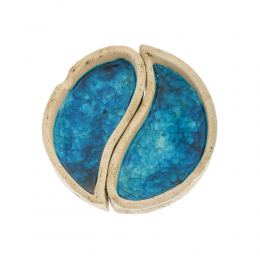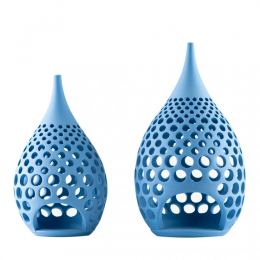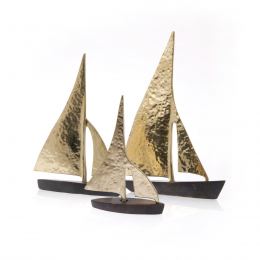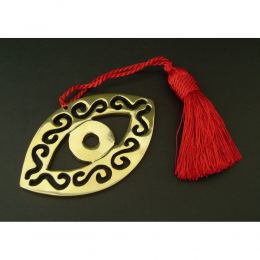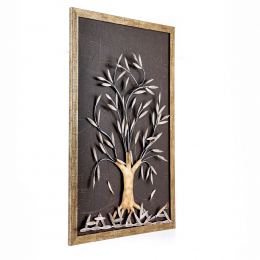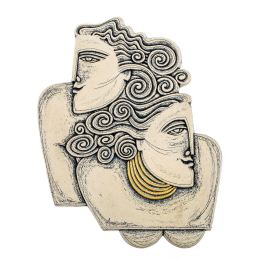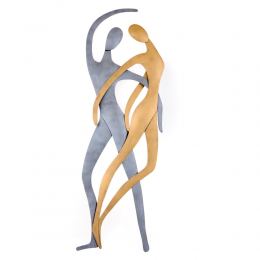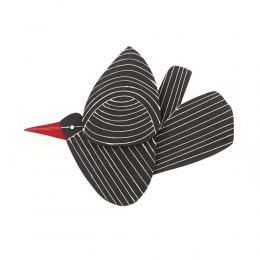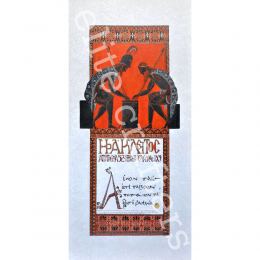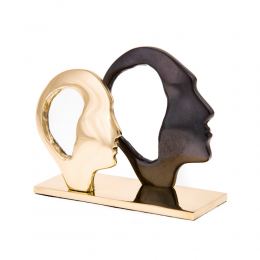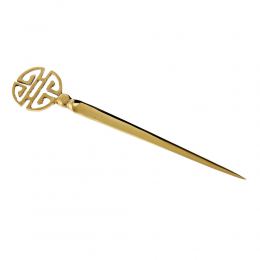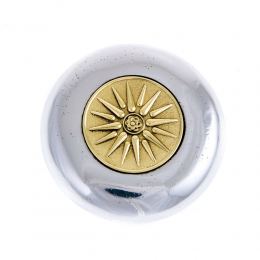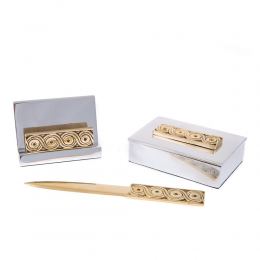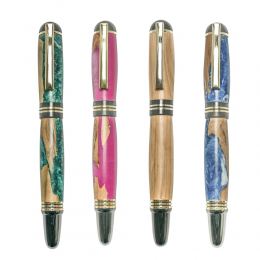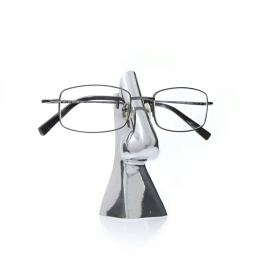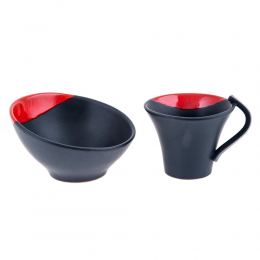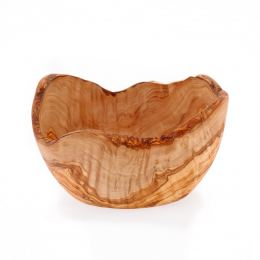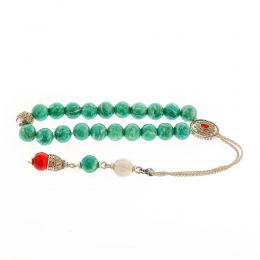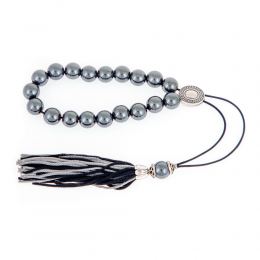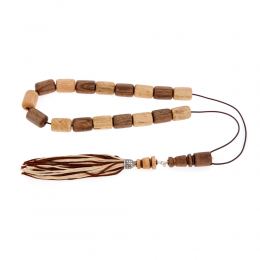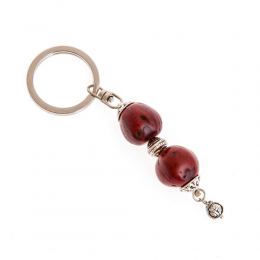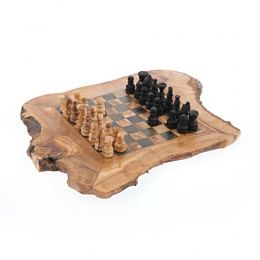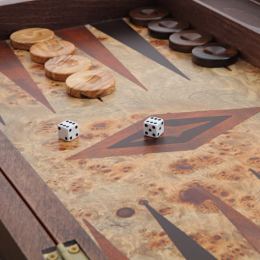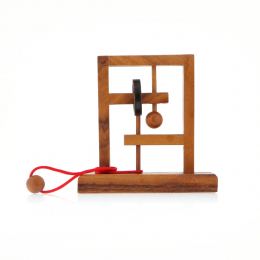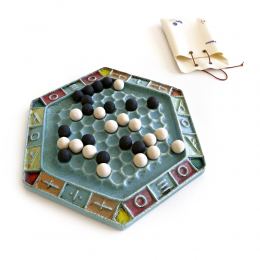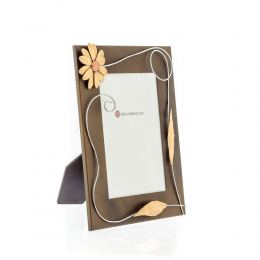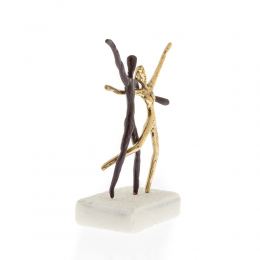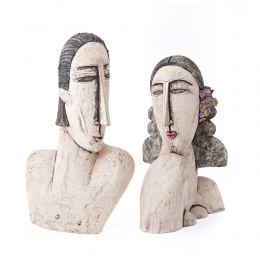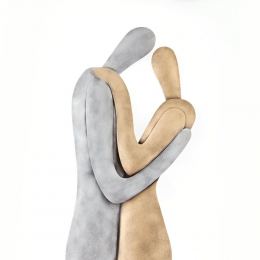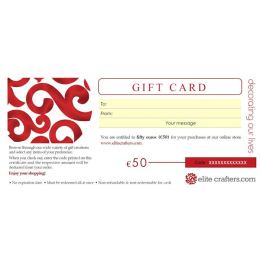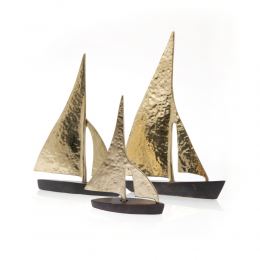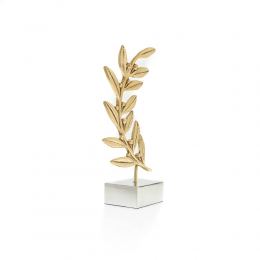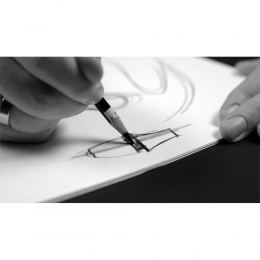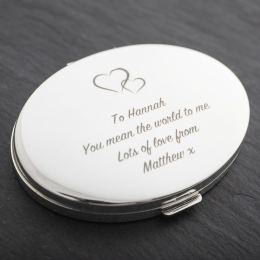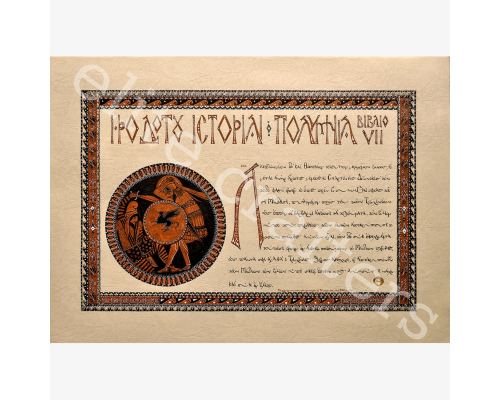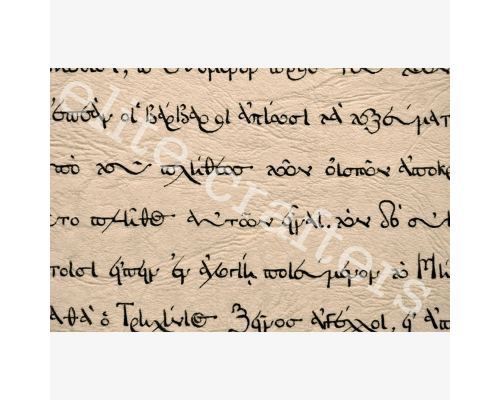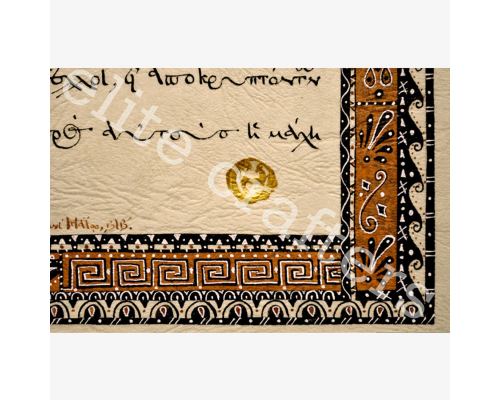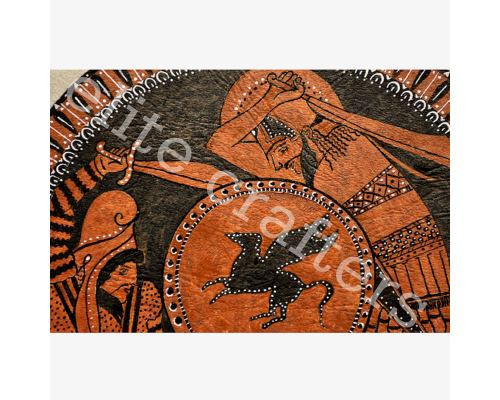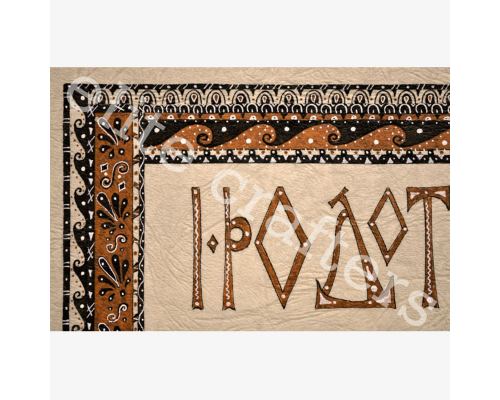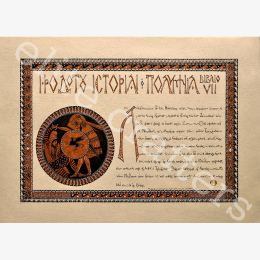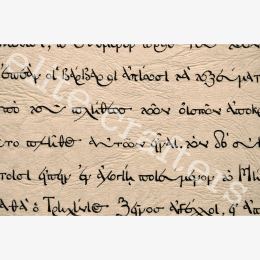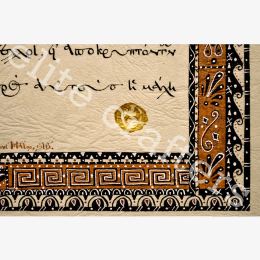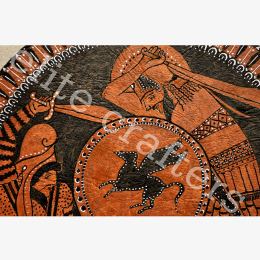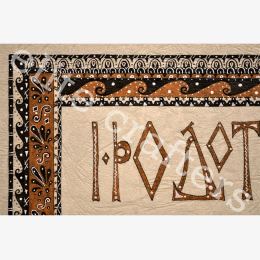The History of Herodotus, Book 7 Polymnia - Illuminated Manuscript - Handmade, One of a Kind, Wall Art - 50x70cm (19.7'' x 27.6'')
Item Code: B9-12
Days to Ship: Out of Stock
Specifications
| Color: | Red, Beige |
| Material: | Parchment Type Paper, Acrylic Ink |
| Dimensions: | Height: 19.7'' (50cm) Width: 27.6'' (70cm) Shipping Weight: 2.2lbs (1.0 kg) |
| 1,800.00€ VAT included |
Buy it, with 12 monthly interest-free installments of 150.00€, on checkout
(Valid only for credit cards issued by Greek Banks)

Learn more
The History of Herodotus, Book 7 "Polymnia" One of a Kind Manuscript, Modern Masterpiece.
This 100% handmade one of a kind illuminated manuscript contains the text fragment of one of the few remaining references to the world famous BATTLE OF THERMOPYLAE from ‘The History of Herodotus’, the Seventh Book entitled Polymnia. The History of Herodotus is considered as the founding work of history in Western literature.
This illuminated manuscript is handwritten in Greek minuscule perlschrift (based on the style in the late Byzantine era), with hand drawings illustration on high quality paper (emulating parchment paper) using a dip pen (metal nib) and acrylic ink.
Beautifull manuscript bears the original signature of the artist, date and place created, as well as a small gold colored Capricorn stamp seal.
The decorative motifs of this manuscript are from an attic red-figure kylix by the Triptolemos Painter, Greek and Persian in combat. 480 BC
An autograph note written in Greek and English is attached to this illuminated manuscript with information about the script, materials used, source of text and illustrations, and any other Additional Information: considered necessary by the artist regarding authenticity.
A lot of time, care and effort were involved to create this exceptional illuminated manuscript masterpiece so there is a very limited production capacity.
- Unique Manuscript (Single Piece Available)
- Definitely a Collectors Item
- Perfect Wall Art Masterpiece
- 100% Handmade Modern Manuscript
- Made in Greece - Ships from Greece
- Comes with Authenticity Certificate by the Artist
- Stamped and Dated by the Artist Manuscript
- Exclusive Item
- Luxurious Gift or Wall Decor
This illuminated manuscript was not copied nor has the artist conveyed the style from the original manuscripts.
Width: 27.6'' (70cm)
Shipping Weight: 2.2lbs (1.0kg)
The Ancient Greek text:
Ηρόδοτος, Ἱστοριῶν ἑβδόμη ἐπιγραφομένη Πολύμνια
'' 226 Λακεδαιμονίων δὲ καὶ Θεσπιέων τοιούτων γενομένων ὅμως λέγεται ἀνὴρ ἄριστος γενέσθαι Σπαρτιήτης Διηνέκης• τὸν τόδε φασὶ εἰπεῖν τὸ ἔπος πρὶν ἢ συμμῖξαι σφέας τοῖσι Μήδοισι, πυθόμενον πρός τευ τῶν Τρηχινίων ὡς ἐπεὰν οἱ βάρβαροι ἀπίωσι τὰ τοξεύματα, τὸν ἥλιον ὑπὸ τοῦ πλήθεος τῶν ὀιστῶν ἀποκρύπτουσι• τοσοῦτο πλῆθος αὐτῶν εἶναι. τὸν δὲ οὐκ ἐκπλαγέντα τούτοισι εἰπεῖν ἐν ἀλογίῃ ποιεύμενον τὸ Μήδων πλῆθος, ὡς πάντα σφι ἀγαθὰ ὁ Τρηχίνιος ξεῖνος ἀγγέλλοι, εἰ ἀποκρυπτόντων τῶν Μήδων τὸν ἥλιον ὑπὸ σκιῇ ἔσοιτο πρὸς αὐτοὺς ἡ μάχη καὶ οὐκ ἐν ἡλίῳ. ''
The English text translation:
History of Herodotus, the Seventh Book entitled Polymnia
' This then is how the Lacedaemonians and Thespians conducted themselves, but the Spartan Dieneces is said to have exhibited the greatest courage of all. They say that he made the following speech before they joined battle with the Medes: he had learned from a Trachinian that there were so many of the barbarians that when they shot their missiles, the sun was hidden by the multitude of their arrows. He was not at all disturbed by this and made light of the multitude of the Medes, saying that their Trachinian foreigner brought them good news. If the Medes hid the sun, they could fight them in the shade instead of in the sun. This saying and others like it, they claim, Dieneces the Lacedaemonian left behind as a memorial. '
-------------------------------------------------------------------
During this time the main characteristics of this Greek script, that is still being used today, were established.
Although this style of writing was usually imposed by the copying process (due to lack of time and space, writing tools, the lectern, influence by Latin script, etc…), it seemed to offer a special rhythm to each word, a rhythm which remarkable related to the meaning of the word. Writing this way, the scribe was able to save both time (some words were written without even picking up the pen) and space.
Additionally, there was great pressure to complete and deliver a manuscript as the number of texts to be transcribed was very high, paper was scarce and parchment was very expensive material.
Write Review

